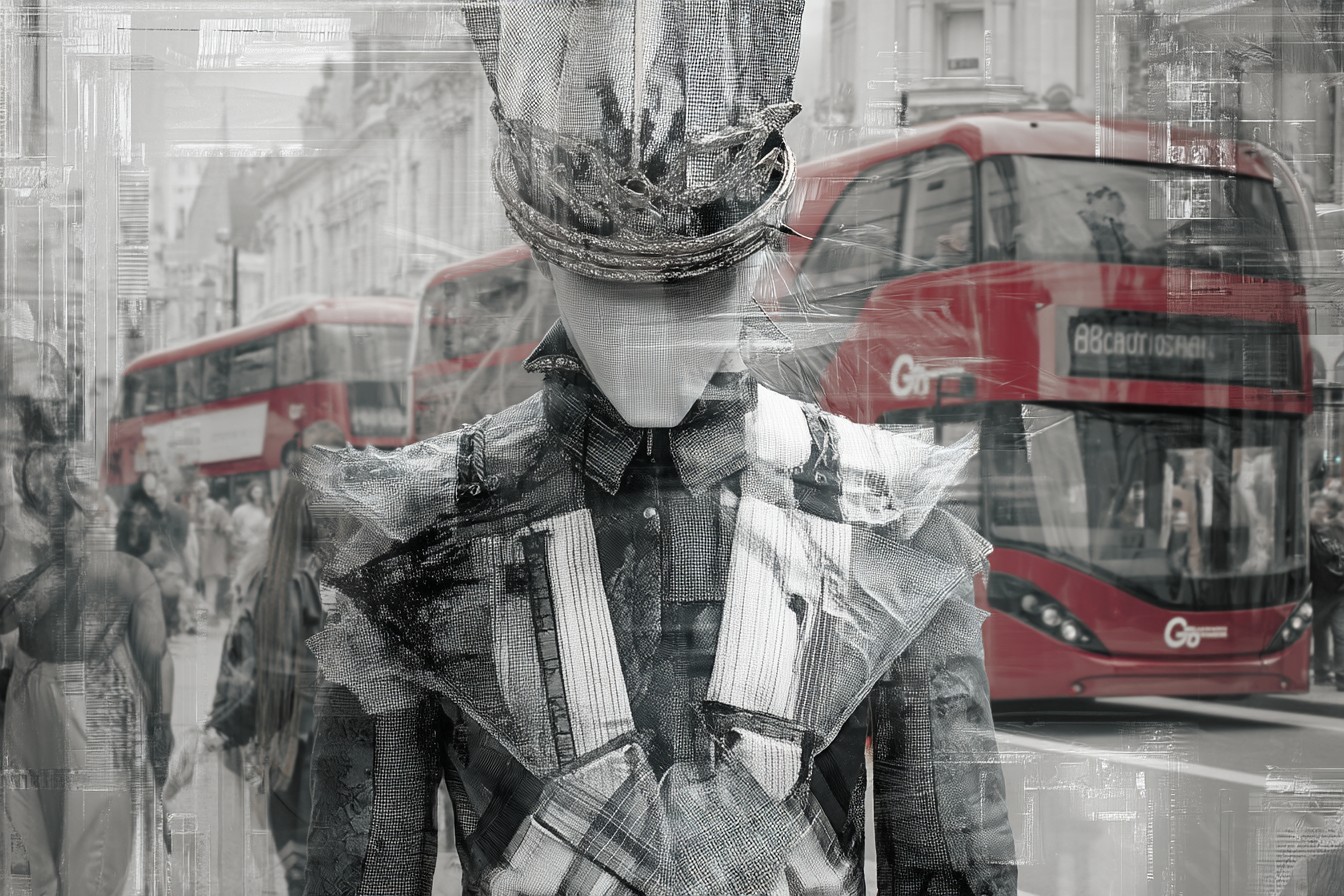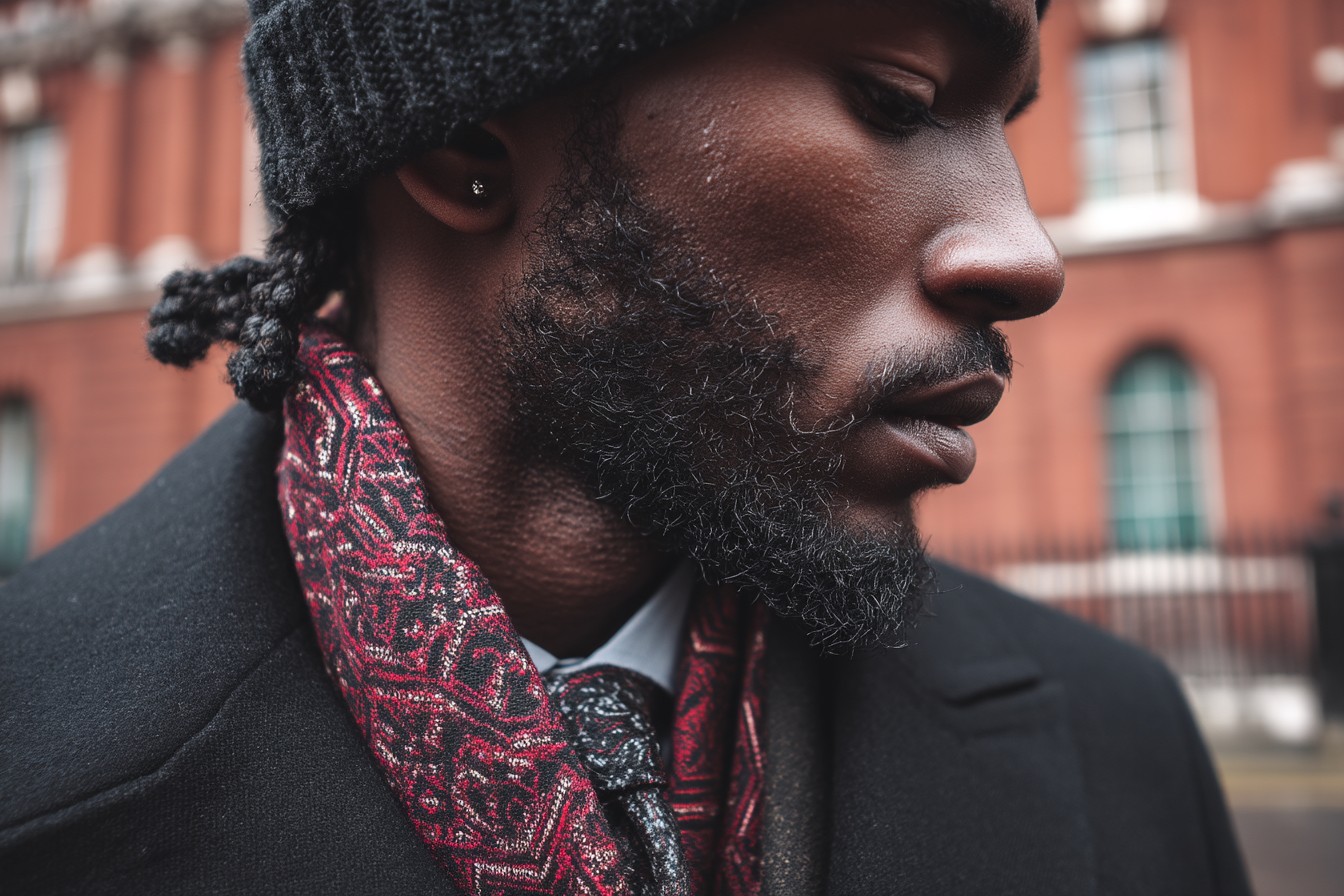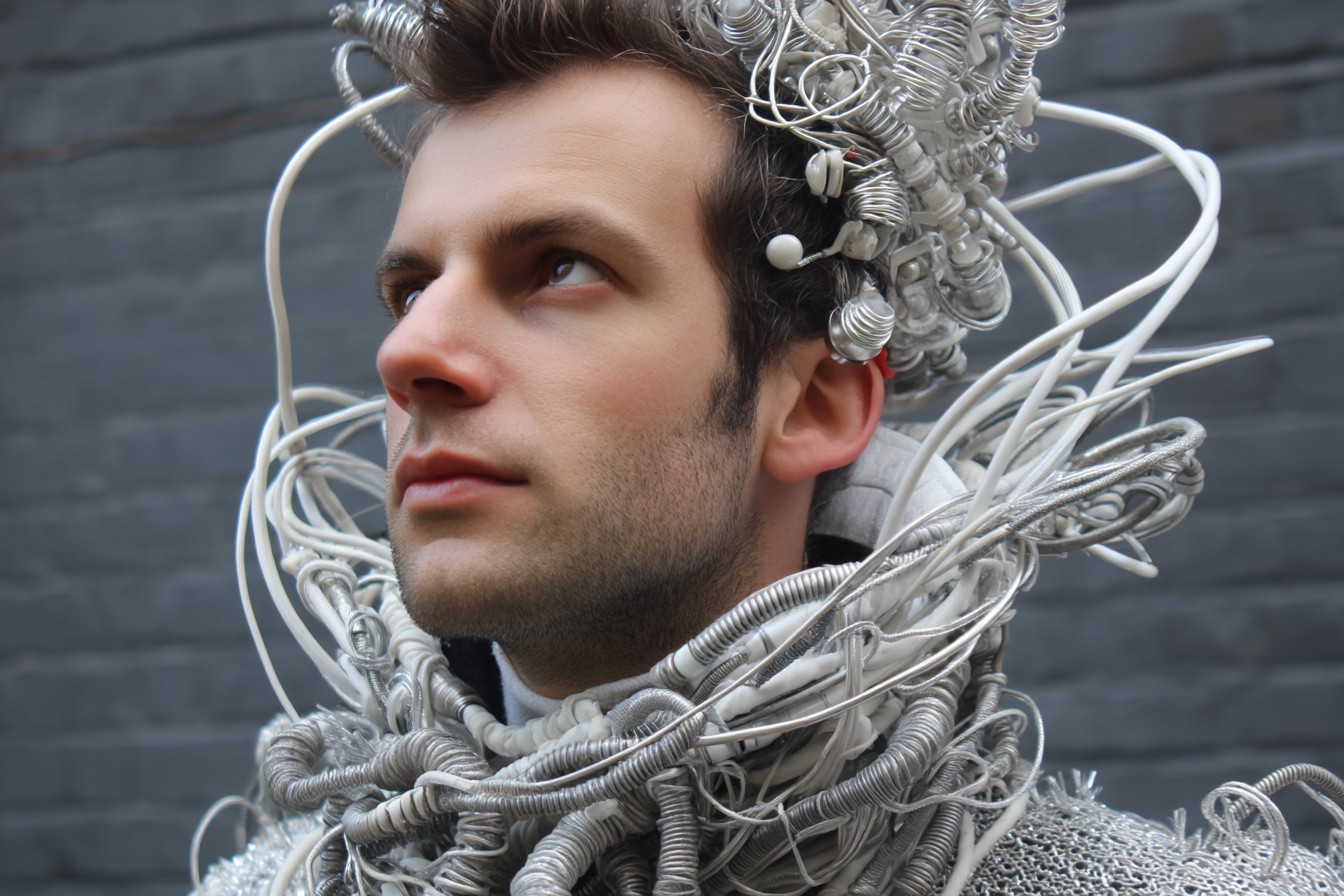I had a properly humbling experience last summer. I was rushing through Covent Garden, late for a meeting with some Italian fabric suppliers—you know, proper menswear journalist business—when a confused American couple stopped me to ask for directions to the “Harry Potter place.” Before I could even open my mouth, the husband looked me up and down and said, “Actually, never mind. You probably don’t live here either.” Me. In my own city. Where I’ve lived for twelve bloody years.
When I demanded to know what gave me away, he gestured vaguely at my entire person and said, “The outfit screams tourist, man.” I was wearing brand new white trainers (admittedly box-fresh), a camera slung around my neck (for the fabric shoot, I swear), and—this is the part that haunts me—a lightweight jacket with too many pockets. I had become what I most feared: a man who looked like he was about to ask a stranger where the nearest Angus Steakhouse was. I’d accidentally tourist-coded myself in my home city.
This incident sent me into a brief but intense identity crisis. Had I, a supposed style professional, committed the cardinal sin of looking like I was on a day trip from the suburbs? The horror. After some soul-searching and wardrobe examination, I realized there’s a strange paradox in urban dressing—trying too hard not to look like a tourist often makes you look exactly like one. There’s nothing that screams “visitor” quite like someone obviously dressed for what they think city life requires.
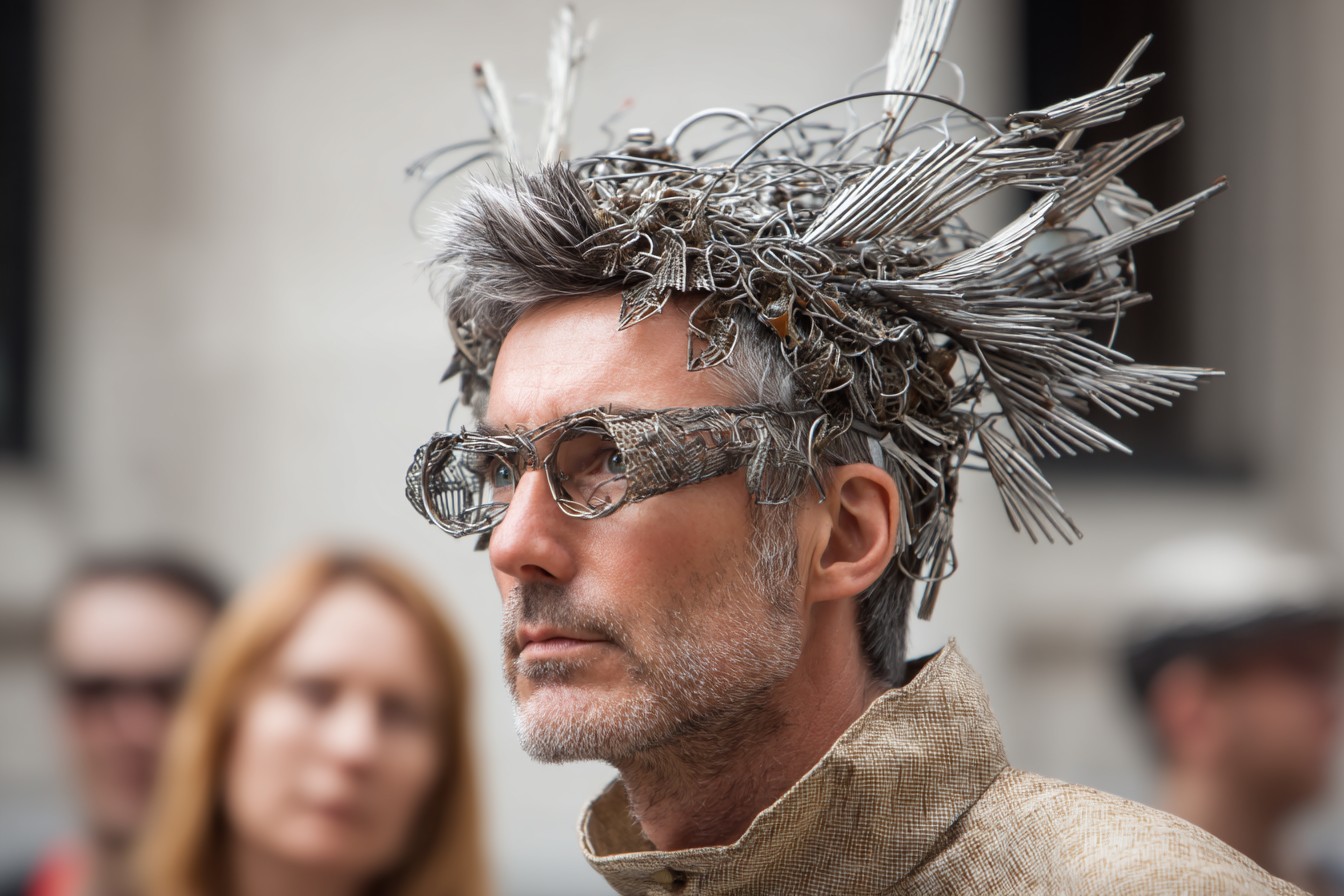
Here’s the thing about genuine city style: it’s practical without looking practical, if that makes any sense. Take the rain jacket issue. Tourists wear those packable high-tech waterproofs in alarming colors. Actual Londoners either carry compact umbrellas or just accept they’ll get wet occasionally. My mate Charlie, born and raised in Islington, refuses to wear anything explicitly waterproof. “It’s admitting defeat,” he told me once while we were both getting soaked walking from the tube to a pub. “Plus, proper rain gear makes you look like you’re on a school trip to the Natural History Museum.” He wasn’t wrong, though I did question his wisdom as water seeped into my supposedly water-resistant brogues.
The footwear question is perhaps the most telling. Nothing marks you as an out-of-towner like inappropriate shoes. Too formal, and you look like you’ve wandered out of a conference at the Hilton. Too casual (or worse, obviously chosen for “comfort”), and you might as well be wearing a bumbag and holding an unfolded map. City natives develop an instinct for shoes that can handle pavement pounding without screaming “I’m expecting to walk 20,000 steps today!”
My solution has been well-worn (but not decrepit) leather sneakers in neutral colors, desert boots that have seen some life, or Chelsea boots that don’t look fresh out of the box. The crucial detail is the wear pattern—they should look like you’ve had them for ages because you have, not because they’ve been artificially distressed by some poor sod in a factory who’s never set foot in Britain.
The bag situation is another giveaway. Tourists carry backpacks on their front like they’re expecting to be mugged any second, or those hideous cross-body things that scream “my passport and emergency Euros are in here.” Meanwhile, city folk have perfected the art of carrying just enough without looking like they’re prepared for an impromptu camping trip. A slim messenger bag, a well-used leather tote, or even just strategic pocket usage if you’re a minimalist—anything but that awful bulging backpack that announces “I have no idea when I’ll next see my hotel room.”
I’ve noticed a direct correlation between how long someone has lived in a city and how little they carry with them. My first year in London, I hauled around an emergency umbrella, water bottle, phone charger, and enough supplies to survive minor natural disasters. Twelve years in, I’ve whittled it down to keys, wallet, phone, and maybe a small collapsible umbrella if the sky looks particularly threatening. There’s something about city living that teaches you the locations of every Boots, coffee shop, and public toilet—your emergency supplies become the city itself.
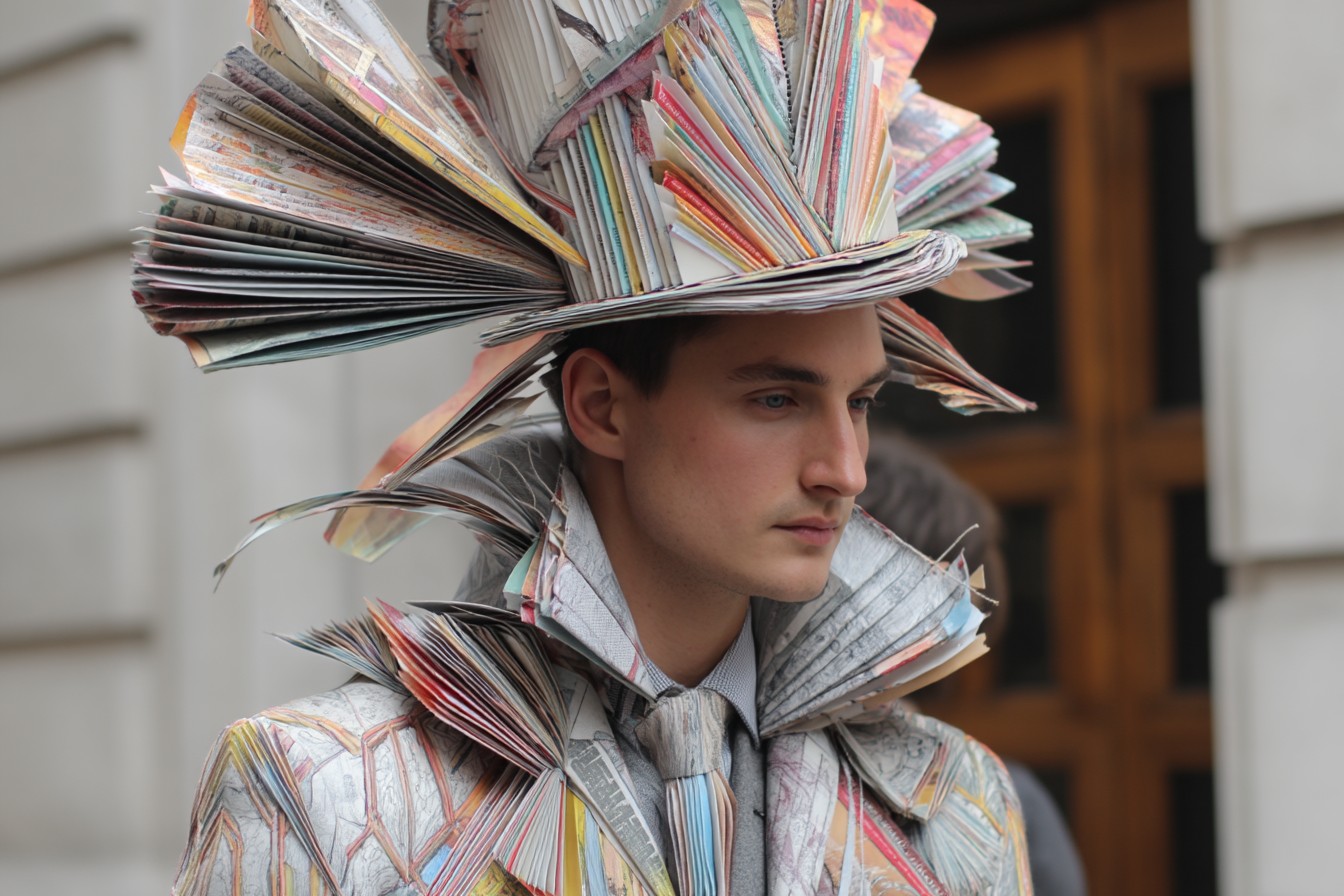
Outerwear is where most of us fall into the tourist trap. That aforementioned multi-pocketed jacket I was wearing? Practical, yes, but it might as well have “TOURIST” emblazoned across the back in reflective letters. Real city dwellers develop a sixth sense for coats that work hard without looking like they’re trying too hard. The waxed cotton jacket that’s weathered enough to have character. The wool overcoat that’s smart but not precious. The lightweight mac that’s seen some genuine rain.
My own redemption came in the form of a navy Barbour jacket I’ve had since university—not the quilted countryside version that screams “I’m just in London for the day to see Les Mis and visit Harrods,” but the unlined Beacon sports jacket that’s somehow both practical and smart without trying to be either. It’s weathered enough that it clearly belongs to me rather than a rental wardrobe department. No one has asked me for directions to Buckingham Palace while I’ve been wearing it, which I count as a victory.
Color choices matter more than you’d think. I’ve developed a theory that tourists gravitate toward certain colors that locals instinctively avoid. That bright red raincoat might seem like a good idea for gloomy British weather, but no actual Londoner wears primary colors for casual city outings unless they’re making some kind of statement. The city palette tends toward navy, grey, black, and earthy tones—colors that don’t show the grime of urban living quite so readily and don’t mark you as someone who packed their “special occasion” clothing for their big city adventure.
This isn’t just London snobbery, by the way. I’ve seen the same phenomenon in Manchester, Edinburgh, and Liverpool. Every city has its unwritten dress code that somehow communicates “I belong here” versus “I’m just visiting.” In Manchester, there’s a specific type of casual that’s neither too sharp nor too sloppy. Overdress and you look like you’re trying too hard; underdress and you look like you’ve wandered in from a festival campsite. The locals have mastered the perfect middle ground—interesting enough to suggest some thought went into it, relaxed enough to suggest they didn’t overthink it.
Technology use is another dead giveaway. Nothing screams “tourist” quite like standing still in the middle of a busy pavement, phone held landscape-style to take a photo of a building that locals pass every day without a second glance. Actual city dwellers have perfected the art of appreciating their surroundings without looking like they’re documenting evidence. If they do take photos, it’s quick, discrete, and never with a selfie stick, which should be banned under the Geneva Convention as far as I’m concerned.
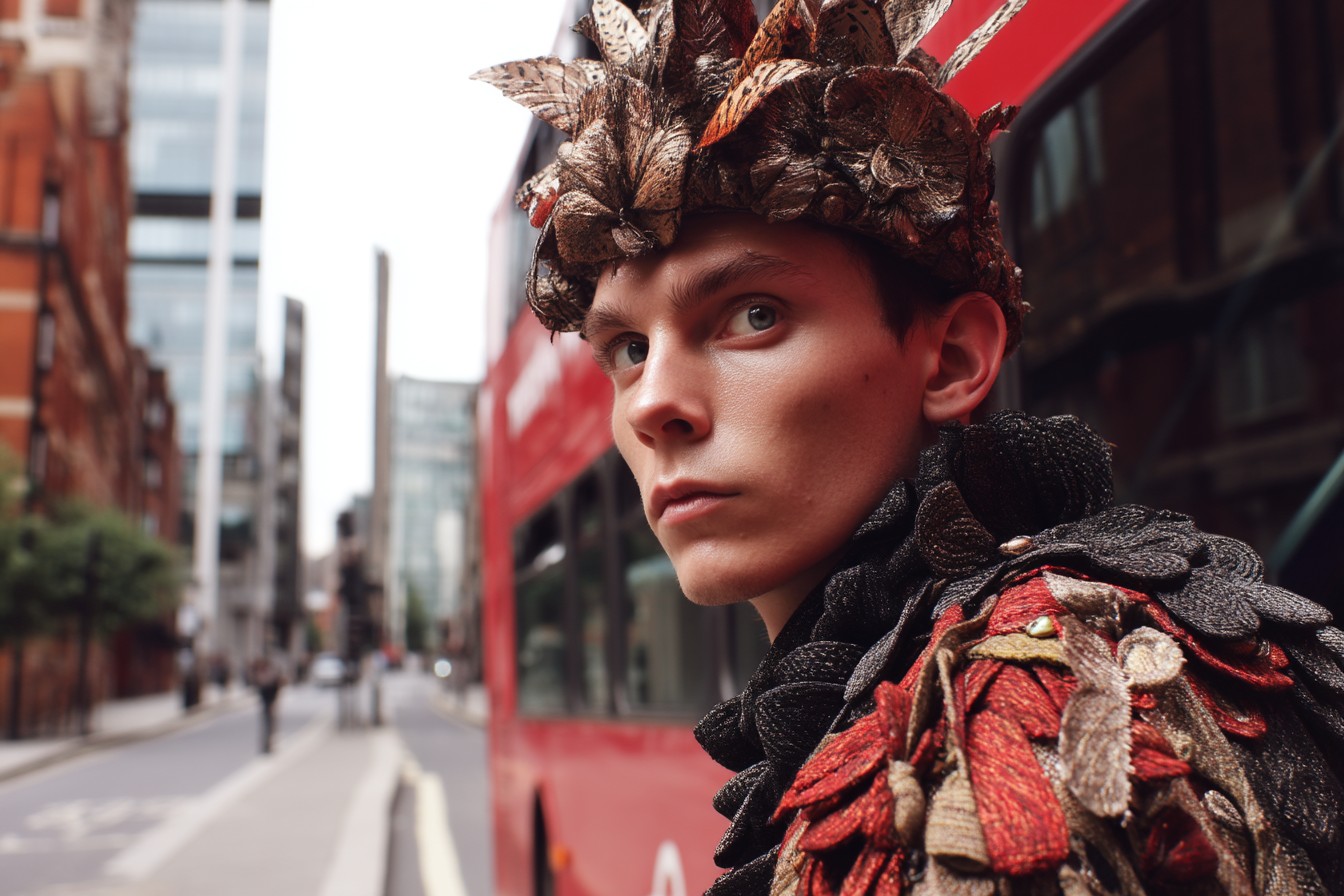
Then there’s the walking pace. Cities have their own rhythm, a flow that residents intuitively understand and visitors disrupt. Too slow and meandering? Tourist. Too fast and anxious? New arrival. The seasoned city dweller has a purposeful but unhurried stride that suggests they know exactly where they’re going but aren’t particularly stressed about arrival time. It’s not something you can fake—it comes from years of navigating the same streets until they become extensions of your living room.
My colleague Jess has what she calls her “tourist invisibility trick”—wearing headphones even when she’s not listening to anything. “It’s the ultimate ‘don’t talk to me’ signal,” she explained. “Tourists are always looking for interaction. Locals are experts at avoiding it.” Harsh but true. There’s something about the way genuine city folk move through urban spaces—engaged but not gawking, aware but not hypervigilant—that’s almost impossible to replicate without genuine experience.
I should clarify that there’s nothing wrong with being a tourist. Some of my best memories involve being an obvious out-of-towner in cities where I don’t belong. There’s a freedom in not knowing the unwritten rules, in asking stupid questions and taking too many photos. But there’s also something satisfying about reaching the point where you can navigate your home city with the quiet confidence of someone who belongs there.
After my Covent Garden humiliation, I did what any self-respecting style journalist would do—I conducted an extremely unscientific survey of my most urbane friends about their city dressing strategies. The consensus? The key to not looking like a tourist is to dress like you’re not expecting anything unusual to happen. No special “walking shoes,” no “travel clothing” in technical fabrics, no obvious preparation for whatever the day might bring. Just normal clothes that happen to work for city life.
My friend Raj, who’s never looked out of place a day in his life, summed it up perfectly: “Dress like you’re going to run into someone you know, not like you’re ticking landmarks off a list.” It’s about belonging rather than visiting, about clothing that suggests this is just another day in a place you understand intimately.
The ultimate irony, of course, is that the moment you stop worrying about looking like a tourist is the moment you stop looking like one. It’s like the menswear equivalent of not thinking about pink elephants. The more consciously you try to dress like a “local,” the more obvious your effort becomes. True city style comes from a place of unconscious familiarity—you dress for the reality of your urban life, not for the idea of it.
These days, I keep my camera in a bag until I need it, I’ve retired the multi-pocket jacket to hiking trips where it belongs, and I’ve embraced the slightly weathered, seen-it-all approach to city dressing that comes from actually having seen it all. And if that American couple is still wandering around looking for the “Harry Potter place,” I hope someone more convincingly local than I was that day pointed them toward Platform 9¾. I was clearly too busy looking like I was on my way to Madame Tussauds.
